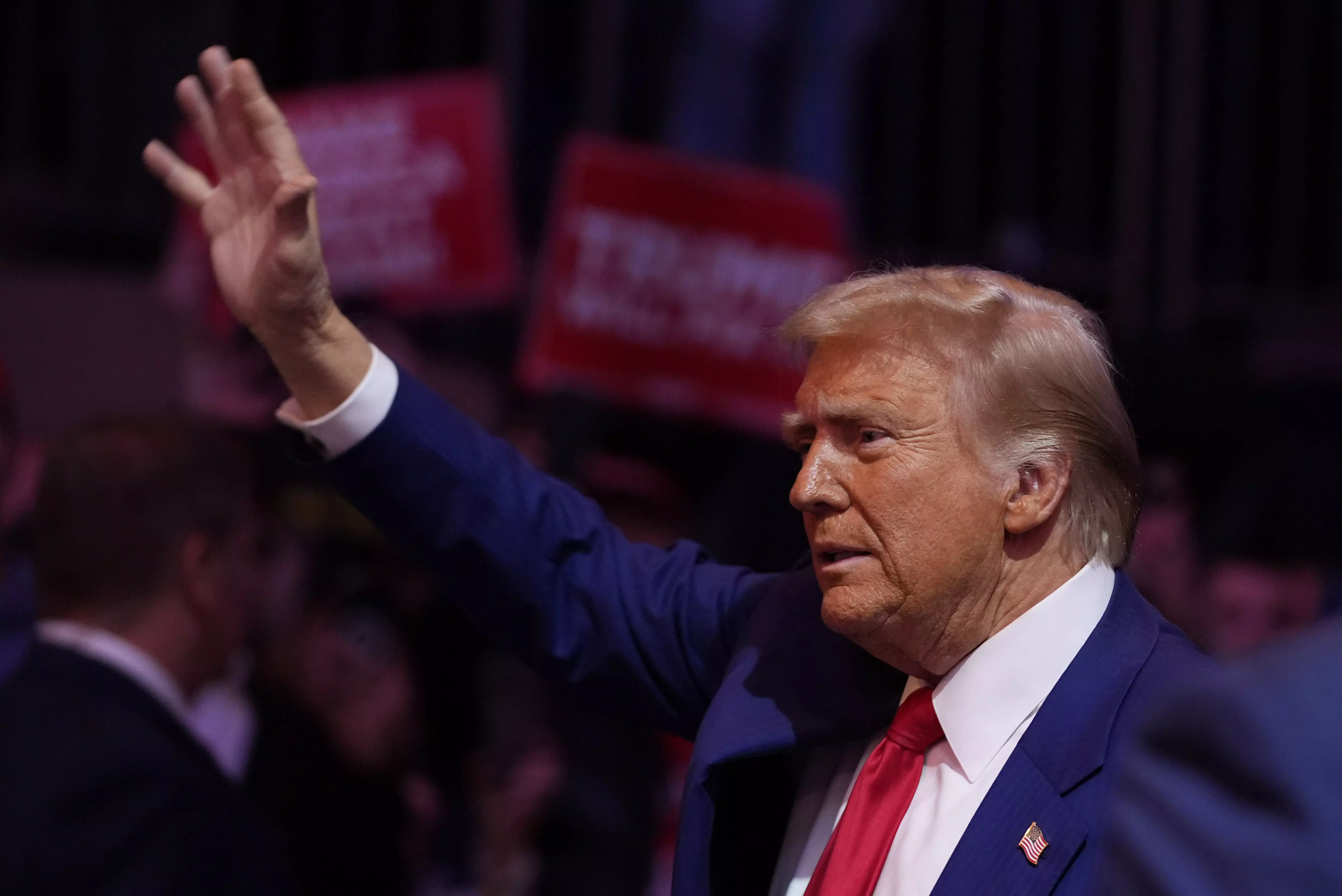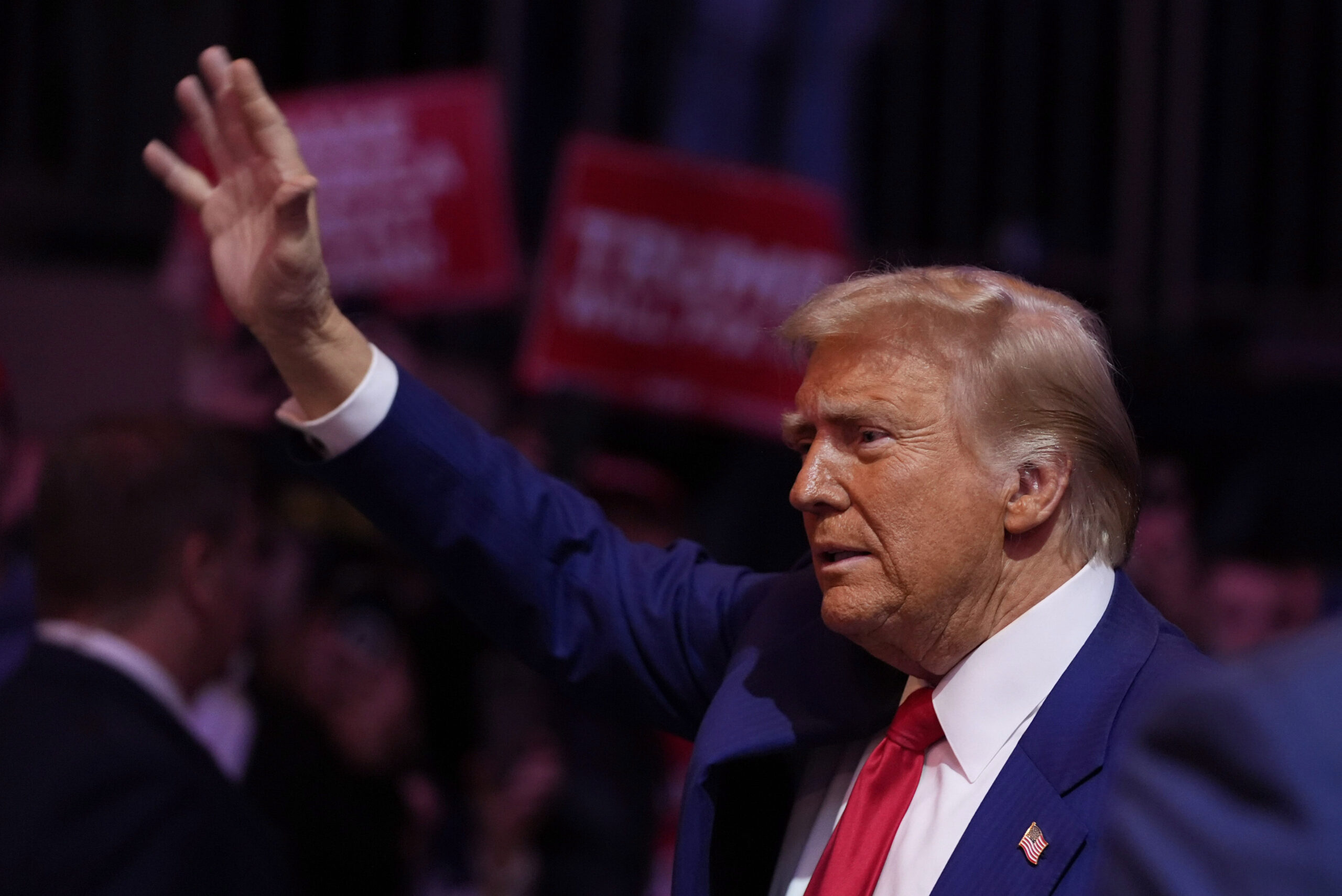
America’s President-elect Donald Trump, who will return to the White House on January 20, 2025, has fired the first salvo against the People’s Republic of China by suggesting that he will impose sweeping new tariffs as part of his first executive order. If Mexico and Canada (both his pet peeves) have been called out for a proposed 25 per cent import tax, an additional 10 per cent thereon is ostensibly reserved for China. Earlier, on his campaign trail, Mr Trump had threatened tariffs in excess of 60 per cent for all Chinese imports. While these threats are still in the realm of Mr Trump’s usual rhetoric and one can never be sure of what exactly will happen given the inevitable and spiralling inflationary impact for American citizens, should such a threat be carried out. But it is clear, that Mr Trump will up the ante with China, once formally in the Oval Office.
While Mr Trump’s non-interventionist approach — such as on Ukraine, and on radically rethinking “Nato’s purpose and Nato’s mission” may redraw American foreign policy in a very fundament sense — China will remain perhaps the only major foreign policy issue of consequence, to see a steady continuation (possibly even escalation) from the Joe Biden era policies. Mr Trump’s proposed Reciprocal Trade Act can give him the necessary “bite” to take aggressive action. From questioning the Most Favoured Nation (MFN) status for China to enacting “aggressive new restrictions on Chinese ownership of any vital infrastructure in the United States”, Mr Trump has all but promised to take on China decisively.
Beyond tariffs, it is the strategic counter-balancing framework of the Quad grouping (US, Japan, Australia and India) that has emerged as the most significant framework to take on Chinese belligerence and expansionism. Revived in Mr Trump’s first term and nurtured in Mr Biden’s subsequent term, the Quad even offers the militaristic possibilities to pool in the resources of “four leading maritime democracies” to checkmate the Dragon, as it seeks to redraw territorial contours in a wary neighbourhood. All four Quad nations have had vital interests threatened by the Chinese, but it is only India which has drawn blood on its Line of Actual Control (LAC), in the summer of 2020. Ironically, India has also been the least aggressive in tenor and approach against the Chinese, out of the four Sino-wary Quad countries.
Following the last Quad meeting at Mr Biden’s hometown of Wilmington, Delaware, the Chinese were quick to slam the “ganging up” to “contain China” by the supposed dialling up of the “China threat narrative”.
However, India’s wounded borders will confirm that the danger of a territorial “China threat narrative” is for real, and not a figment of imagination, or even predicated on the US ambition of a unipolar world. In recent times, the territorial row between China and the Philippines too had turned dangerously violent. It is the flawed, controversial “nine-dash-line” interpretation by China that usurps the EEZs (Exclusive Economic Zones) of the Philippines, Taiwan, Vietnam, Brunei, Indonesia and Malaysia. However, none of these countries have the wherewithal to stand up for themselves — necessitating more substantial powers or alliances like the Quad into the equation. The Philippines banks on the Mutual Defence Treaty with the US to safeguard against any possible Chinese aggression while the Taiwanese have been assured of direct US support in case of a Chinese invasion.
Given that the challenges are not just military but also in areas like trade, commerce, geopolitics, technology, infrastructure investments, etc, only a collaborative effort can effectively take on the Chinese juggernaut. The Japanese have increased their defence spending substantially, deepened security collaboration with the US, and emerged as the foremost enabler of the security architecture to counter China. From upgrading the US military presence and command structure on Japanese soil to collaboration on developing advanced weaponry, Japan has led the localised aggression within the Quad.
Australia too has prepped up like never before by committing an unprecedented $330 billion plan to counter Chinese expansionism. From nuclear-powered submarines, frigates and drones, to investing $12 billion in missile manufacture, is the sharpest uptick in military preparedness and spending. The elephant in the room of Australian imagination and fears is singularly China.
Even diplomatically, the language from Canberra has been fiery, with Australia’s Prime Minister Anthony Albanese calling Beijing’s conduct “unacceptable”. The fear of Chinese intrusion (even a possible invasion) into Australia’s backyard forced the typically pacifist Australian political class to invest substantially into addressing the specific Chinese threat. Perhaps not satisfied with the pace of Quad developments, Canberra signed a trilateral and parallel security partnership with the United States and Britain, abbreviated as AUKUS. Expectedly, the Chinese slammed the move as “cold war mentality” by being “militarily assertive”. Meanwhile, the Japanese have announced regular deployments of Japan’s amphibious Rapid Deployment Brigade, along with US forces, on Australian soil.
Amid such developments, India, despite its hyper-nationalistic politics that posture “muscularity” to its cadre, is strangely mealy-mouthed or subdued on China. Indeed, multiple rounds of border talks are underway, and some progress was reported recently — but the critical revert to the original status quo ante as it existed prior to 2020 remains unconfirmed. The political sabre-rattling, that has become the norm in the domestic discourse, is quixotically spared for China. India remains the oddity within the Quad for its lowest decibels and the least assertiveness on China, and this could well become an issue if Mr Trump walks the talk on China once he is in office.
